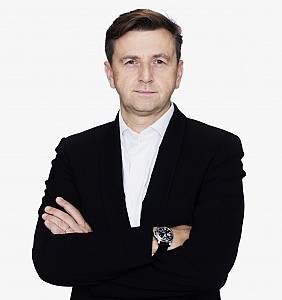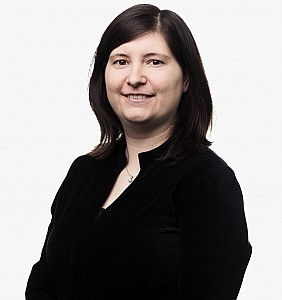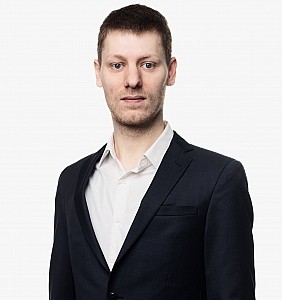Navigating the European Patent Journey: From Filing to Grant
Embarking on the journey of securing a European patent is an exciting yet intricate process. Understanding the timeline involved can be crucial for applicants and/or inventors looking to protect their innovations effectively.
Before filing, it is important to gather comprehensive data about your concept, ensuring a solid foundation. Seek the guidance of your patent attorney and their team to review this data, possibly conduct a thorough prior art search to understand which parts of your concept are possibly novel, and gain insights into the competitive landscape. Your patent attorney and their team will further help you navigate complexities, draft and further refine your patent application in close collaboration with you. This meticulous preparation sets the stage for a successful patent journey from filing to grant.
Let's take a stroll through the subsequent key milestones from filing to grant.
1. Initiating the Expedition: Filing the Application
The adventure begins with the submission of your patent application to the European Patent Office (EPO). This marks the moment your concept is officially in the queue for evaluation. The filing process involves detailing the invention, its novelty, and the inventive step it brings to the table. This filing step is a patent’s ‘birthright’ at time 0.
2. Initial Checks: Formalities Examination and Initial Search
Once filed, your application undergoes a formal examination to ensure that all necessary documents are present, complete, and are in the required language. Subsequently, about 6 to 9 months post-filing, a first search is performed by the EPO and a search report is made up, providing a first indication of the novelty and inventive step of your invention. A response thereto can be filed, and a request for substantive examination is filed.
3. Your Concept Becomes Public Knowledge: Publication
18 months from the initial filing date, your patent application is published in the European patent register. This marks a pivotal moment, as your invention becomes public knowledge, and competitors can see what you’ve been working on. Although, you could start communicating about your concept from the filing date, keeping your ideas secret until the application is published is advisable.
4. The Heart of the Matter: Substantive Examination
After the filing of the request for examination, the substantive examination will start. Here, the EPO thoroughly examines your application to ensure your concept, as defined in the claims section of your patent application, is novel, involves an inventive step, and is capable of industrial application. Further, your claims should be clear, supported by the text, and your invention should be sufficiently disclosed in the text. Be prepared for a meticulous evaluation that may entail several ‘office actions’ requiring a substantive reply and possibly changes to your initial text and claims. This step may take several months to years, depending of the workload on the examiners at the EPO and the extent of changes needed to the initial text and/or claims.
5. Victory Lap: Grant of the European Patent
The finish line is in sight as your patent is granted by the EPO, which is generally about 24 to 60 months from the initial filing of the application. This means your invention has met all the stringent criteria, and you are now the proud owner of a European patent.
Congratulations! Your innovation is officially protected, and you can enforce your exclusive rights.
6. Request for Unitary Effect and/or Validation in various EP Member States
Once your European patent is granted, you have the option to file a request for Unitary Effect, as part of obtaining a Unitary Patent (UP), which provides a single patent right across multiple participating European Union (EU) member states. More information can be found here: https://unitarypatent.eu/.
Alternatively, or in addition to the UP patent, you can choose to validate your patent in individual EP Member States of interest. This decision is strategic and depends on your business goals, own and/or competitor market presence, and the geographical scope of protection you seek. Collaborate with your patent attorney to determine the most suitable approach for your specific situation.
7. Opposition?
While the grant of a European patent is a significant achievement, it may not mark the end of the journey. Third parties may file an opposition against your granted patent until 9 months from the publication of the decision to grant your European patent. This is a formal procedure where opponents can challenge the validity of your patent based on certain grounds. The opposition process allows for a thorough examination, and your patent's enforceability might be at stake. Responding effectively to oppositions requires the expertise of your patent attorney to safeguard your patent rights.
Managing Expectations: The Timeframe
It is essential for applicants to recognize that the journey from filing to grant is not a sprint but a marathon. The timeframe for obtaining a European patent can vary, with the entire process typically taking several years. Factors such as the complexity of the invention, backlog at the EPO, and potential objections raised during examination can contribute to the duration.
In conclusion, while the path to a European patent may be lengthy, the protection it affords to your innovation is well worth the wait. Patience, meticulous preparation, and a clear understanding of the process, are your allies in this rewarding expedition.
Do you have any further questions? Reach out to the dedicated brantsandpatents team. Let's navigate your patent journey together.
Avez-vous une question?
Nous serons heureux de vous aider.
Prenez librement un rendez-vous avec un de nos experts.
Rassurez-vous, vous n'êtes pas seul.
Naviguez dans la FAQ. Avez-vous encore des doutes,
n'hésitez pas à nous contacter.




